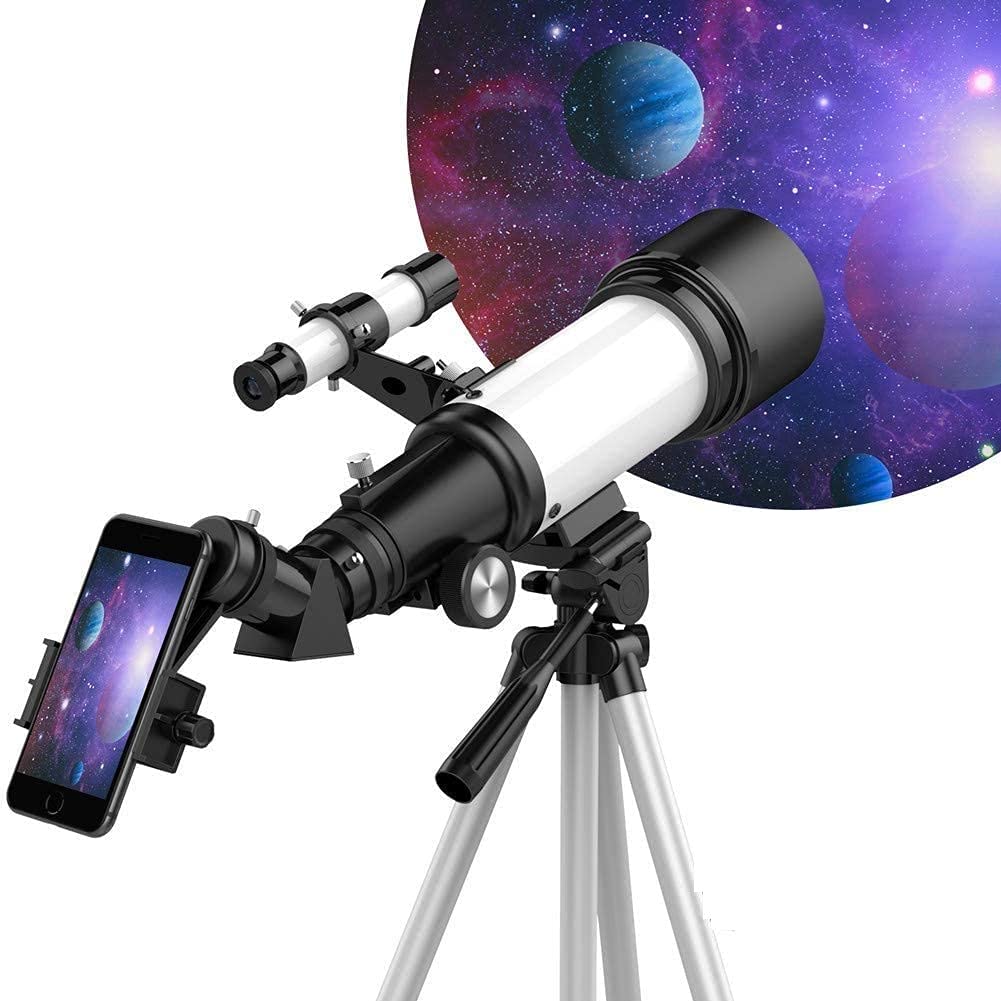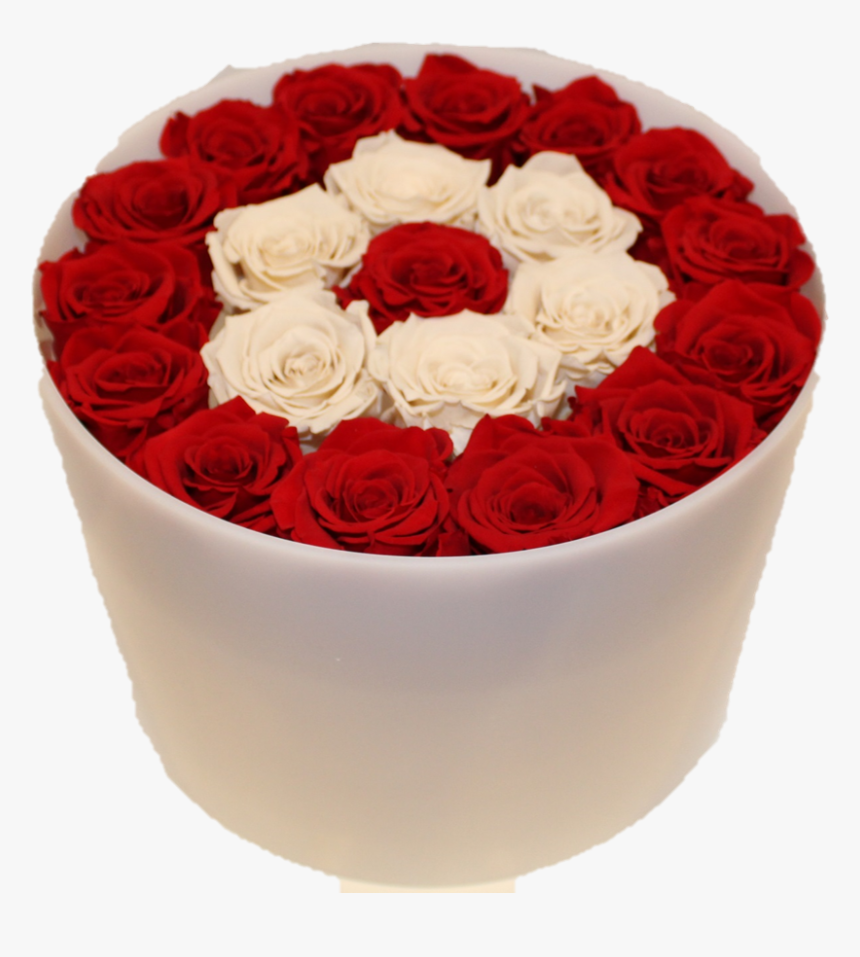One of the more valuable solutions to start researching the evening atmosphere doesn’t will need any specific equipment. Pick up a partner on a obvious night and cost for the cliffs! Look for a place away from city radiance, high structures, and trees and just search for. Appreciate visiting every one of the celebrities that aren’t usually visible within the glare of best telescope for viewing planets and galaxies towns.
To begin seeing constellations, take along a recent star graph or chart. Deliver a reddish light along to bypass ruining your night vision.
Also, be aware of stargazing possibilities near you. Most local huge organisations will consist of some of these each year and they are a wonderful way to learn more about the darker atmosphere along with a likelihood to look through a variety of telescopes.
It is uncomplicated to get stressed from the features and selections when choosing the first best beginner telescopes.
The critical spec for virtually any telescope is its aperture or perhaps the size of its lenses or looking glass. The greater the more beneficial because a larger gap can gather more light and remote control objects seem to be happier. But this arrives at the charge, and greater telescopes may also be smaller and portable. Analyze whether you prefer to be able to load up your telescope into the rear of your automobile for stargazing industry journeys before spewing on that 10-” aperture telescope.
To determine what type of stargazing the best beginner telescopes is best for, glimpse at its f-percentage. The f-proportion is the telescope’s focal size diverged by its aperture. For the telescope having a 900-millimeters key duration along with a 70-millimeters aperture, this provides you with an f-ratio of 12.9 or f/12.9. Being a extensive guideline, the smaller the f/variety, the better substandard the magnification, the better complete the area, as well as the more colourful the photo.
Small f-proportions of f/4 to f/5 are fantastic for vast-discipline keeping track of and severe space things such as galaxies.



